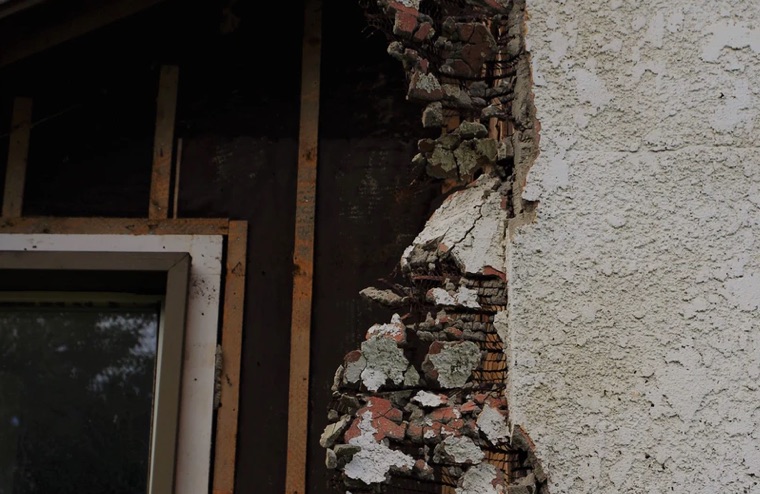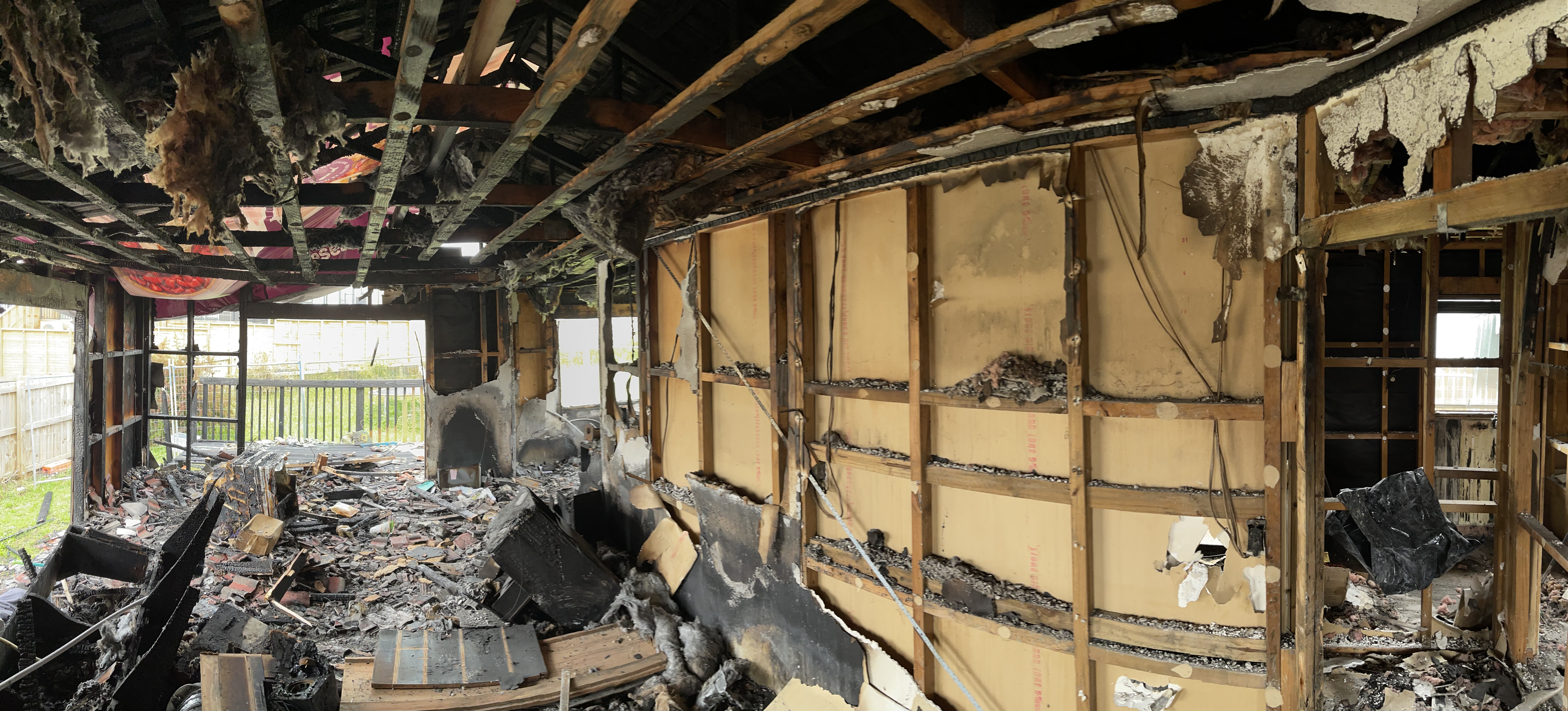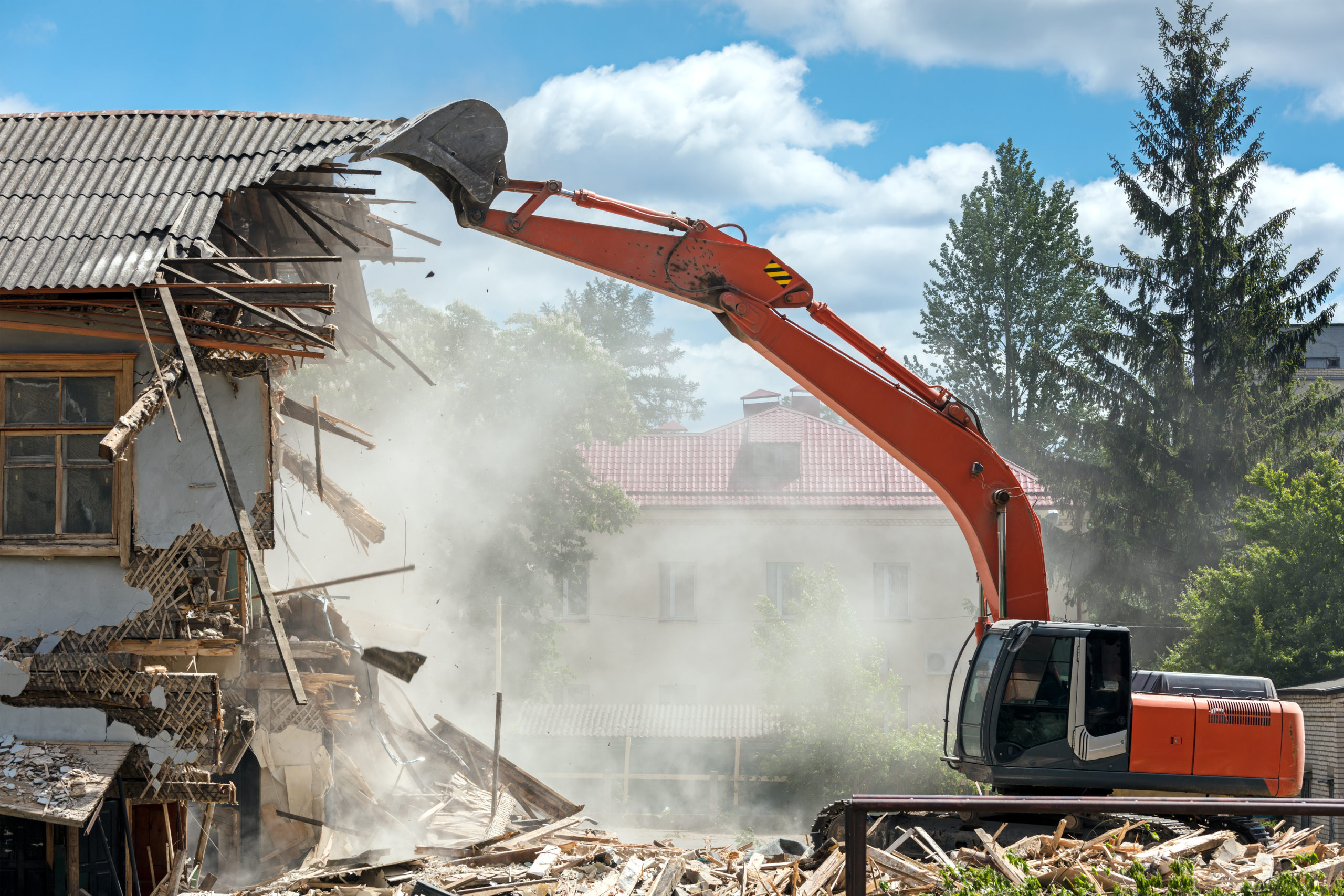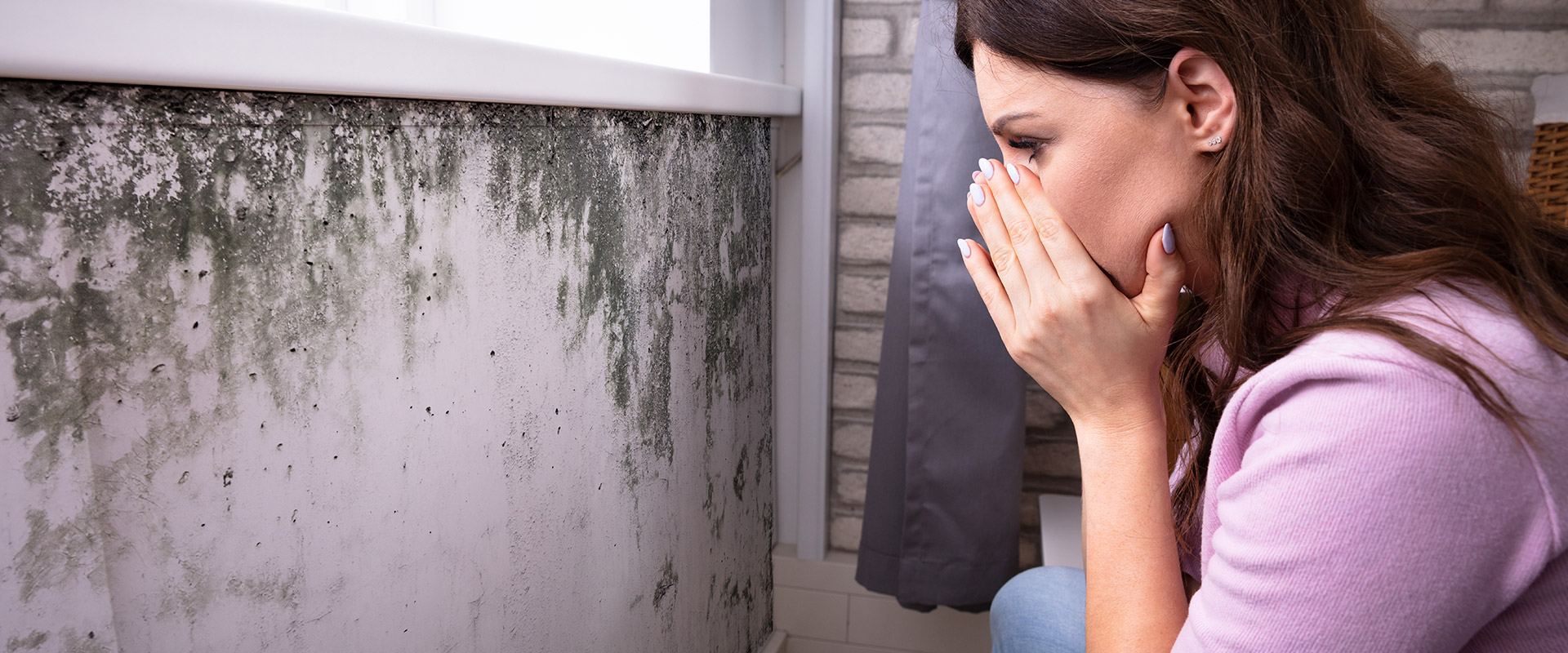It was before World War II when asbestos was imported to NZ in building material like cladding, pipes and cement. In the year 1974, annual asbestos importation peaked more than 12,000 tons, however, it declined rapidly soon after (PMCSA, 2015). Chrysotile, one of the asbestos types was mainly used in buildings in industrialised economies including New Zealand, from around 1960. Although building material is not the only product that contains asbestos, it can also be found in small amounts in other products.
We help you in identifying the things that could possibly contain asbestos and a few tips which might help you when you consider purchasing these products.
1. Talcum Powder
Consumersafety.org, 2018 says “in nature, talc deposits occur together with asbestos, and mined talc can easily become contaminated with asbestos.” Many renowned companies like Johnson & Johnson, Claire’s and Justice are under the radar for selling asbestos-contaminated talc. In California, Judith Winkel, Clark Whittaker and Daniels won a $13 million, $7 million and $18 million respectively, in a lawsuit against Colgate-Palmolive in 2015 and 2016, providing evidence that routine use one of their brands led to the diagnosis of their asbestos-related disease.The most significant verdict, of more than $117 million was made in 2018 against Johnson & Johnson as the brand was charged guilty. The claim was brought by Stephen Lanzo who developed mesothelioma after regularly using J& J talc since 1970.
Tip: The American Cancer Society suggested: “people may want to avoid or limit the use of products that contain talc”.
2. Cosmetics
The Food and Drug Administration (FDA) confirmed the presence of asbestos in cosmetic brands Beauty Plus Global Inc. A large scale cosmetic firm with manufacturing factories in China and other countries. Their distribution network spreads across 100 countries with major retailers like Target, Walmart, Amazon and more.
In Dec 2017, a children’s makeup brand Claire’s had to recall its products after 17 samples tested from 9 different states found tremolite asbestos in all the products (US Today, 2018).
Tip: Consumers buying cosmetics which says “all-natural” is certainly not enough since the asbestos-contaminated talc used in cosmetics is an all-natural substance. It’s safer to check the ingredients on the label and avoid anything which says: talc, talcum, talcum powder, cosmetic talc and magnesium silicate on it, they are the just different terms used for the mineral, talc.
Websites like Skin Deep and Made Safe can also be used to find talc-free cosmetics.
3. Cigarettes
Almost 6 decades ago Lorillard Tobacco marketed Kent cigarettes with “Micronite” filters as a high-tech safety feature contained compressed crocidolite fibres also known as “blue asbestos”. Ultimately turned out to be the most dangerous type of cigarette ever manufactured, sold 13 billion in quantity between March 1952 to May 1956. Well, good news they don’t sell them any more!
However, we have a bigger problem to deal with, which is counterfeit cigarettes. Yes! these fake fags impose even greater health risks with a high level of tars, toxic chemicals, mould, sawdust, asbestos and in some cases human faeces too (Heathfully.com, 2017). An article published in Birmingham Mail in Oct 2017 says, “there is often no control whatsoever on the content or quality of illicit smoking material,” which gives the counterfeiters leverage to use whatever they can find to create fake fags.
Tip: Although, serious health effects of smoking is not unheard of. For people who do purchase cigarettes legally, there are few ways you can identify these fake fags. Look out for spelling mistakes, wrong logos and typefaces, foreign or no health warnings at all, loose tobacco and nasty taste.
4. School Supplies
US Public Interest Research Group Education Funds conducted a test on 27 back to school supplies in 2018. The lab results found traces of asbestos (type tremolite in Playskool crayons), lead and other toxic substances in 4 out of 27 products which included Playskool crayons, The Board Dudes dry erase markers and Jot three-ring binder. The products were purchased from across the country from various bookstores, dollar stores, pharmacies, amazon and art and craft stores. (US PIRG, 2018).
5. Bowling Balls
Historically, asbestos and fibreglass were used to make bowling balls. Asbestos was used as a filler in plastic Ebonite bowling balls. Donald Vanni, owner of Arcata Bowl in LA was an active retiree and operated the bowling alley between 1957- 1986. One of his services was to drill custom fit finger holes in the balls. Although holes were cleaned there were no special measures taken to stop it from spreading in the environment or onto the fingers of the bowlers. His routine work led to his diagnosis in 2012 and subsequent death in 2013 from mesothelioma, which normally develops after 10-15 years of regular exposure.
Honeywell International Inc. was sued for supplying him the filler, which was the discarded brake dust from their Bendix brake manufacturing plant in New York. Instead of safely disposing of the asbestos material, Honeywell chose to sell it as a filler in commercial products. On April 19, 2019, Vanni family was awarded $4,397,716 as compensation for Honeywell’s 40% liability towards Donald’s death.
Tip: Although bowling balls now are made of plastic or polyurethane it is not unusual to encounter bowling balls that have been used for decades and might still contain traces of asbestos. You should be aware of how asbestos is commonly identified. The infamous asbestos or ACM is commonly thought about in relation to construction and industries. But it’s astonishing to know that asbestos might be in our day-to-day items.
However, as long as asbestos is not floating in the air we can co-exist, all we need to do is be aware and cautious of the surroundings.
Found Asbestos in your property? Contact nzrsnational.co.nz















